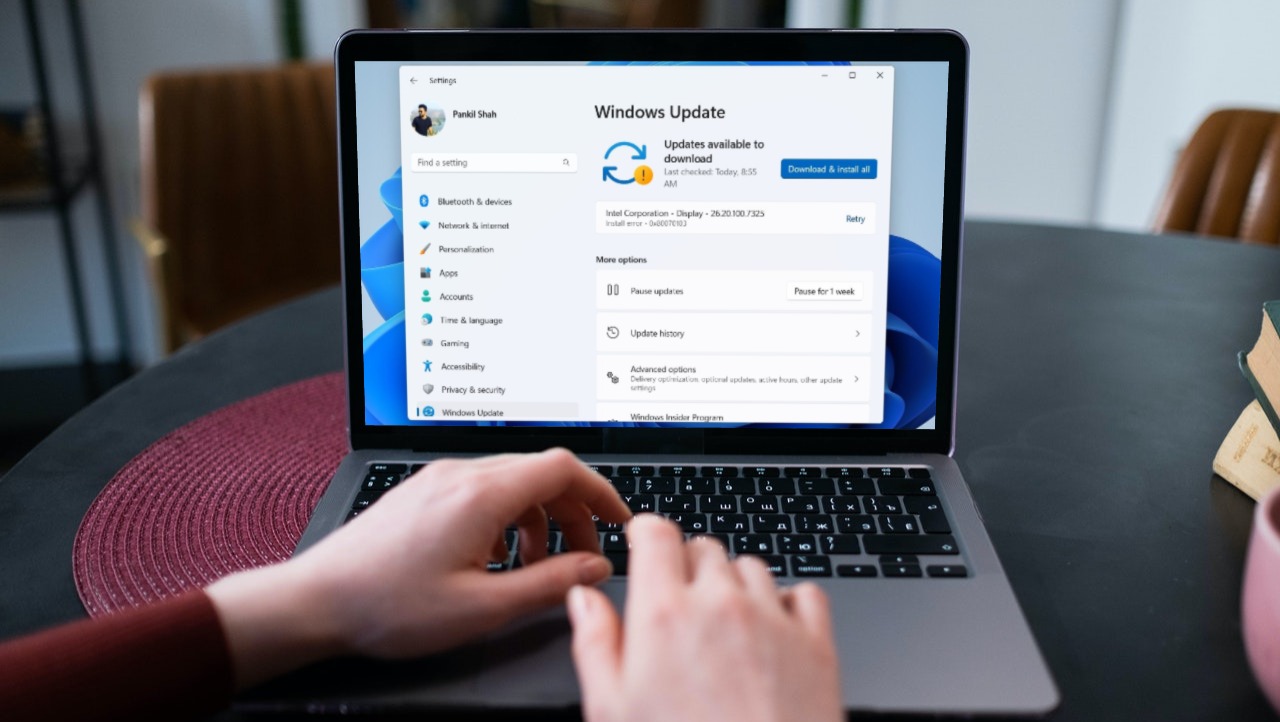With automatic Windows updates turned on, your device will download the details about the new updates and patches. All those auto-restart notifications will appear as pop ups at the system tray area and that is very distracting. Windows also shows a restart notification alert quote often after installing the updates. Getting rid of update alerts involves either disabling the notifications or turning off Windows updates completely. If you choose to do the latter, you’ll need check for the new Windows Updates and install them manually. To make this task less tedious and annoying, you may set up a separate weekly reminder to do that regularly. We show you how to edit a few registry keys to disable Windows Update notifications. However, note that the Windows registry isn’t to be trifled with if you aren’t a savvy user. So proceed with caution and at your own risk.
How to Disable Windows Update Automatic Restart Notification Alerts
Assuming you’ve not fiddled with the Windows Updates settings, your computer will download the new updates. After those updates are installed, you’ll get notifications to restart your computer to complete the installation. Here are the steps for pausing updates on Windows 11. Step 1: Click on the Start menu icon, type Windows Update Settings and hit Enter. That will open the Windows Update screen in the Settings app. Step 2: Under the ‘More options’ section, click on ‘Pause for 1 Week’ option or use the drop down to choose a different period. Step 3: Click on Advanced Options. Step 4: Turn off toggles for all the options, including the one that says ‘Notify me when a restart is required to finish updating.’ After that, you will not get any notifications regarding Windows updates or alerts asking you to restart your PC. Note that that will also disable Windows Updates. So if you don’t do that, the updates will install in the background and Windows automatically restart without notifying you.
Disable Automatic Windows Updates From Settings
Windows 11 does allow you to disable fetching the automatic updates entirely or you can manage to follow the task manually. We strongly do not recommend you to disable Windows Updates, unless you have a really good reason and you’re doing it at your own discretion. Here are the steps: Step 1: Press Windows key + R shortcut to open the Run dialog box, type services.msc in it and hit Enter. Step 2: When Services window opens, scroll down to the Windows Update service. Step 3: Right-click the Windows Update service and select Stop from the menu. That’ll stop the Window Update service until the next time you reboot the computer. Step 4: Right-click the Windows Update service again and select Properties. Step 5: Use the drop-down next to Startup type to select Manual. Then hit the Apply button followed by Ok. We recommend choosing the Manual option so that you can use the Windows Update option in the Settings app to fetch the latest updates whenever you want. Disabling Windows Update isn’t recommended.
Disable Windows Update Restart Notifications Using Registry Editor
If you want to disable Automatic Windows Updates in Windows 10 or Windows 11, you may resort to tweaking a specific registry key. Note that this will disable the automatic Windows Updates on your computer permanently.
Step 1: Press Windows + R keys to open a Run dialog box, type regedit and hit Enter to open the Registry Editor.
Step 2: In the Registry Editor window, navigate to the following location:
Computer\HKEY_LOCAL_MACHINE\SOFTWARE\Policies\Microsoft\Windows
Step 3: Right-click on the Windows folder key from the left pane, select the New submenu, and choose Key option.
Step 4: Name the key WindowsUpdate.
Step 5: Right-click on WindowsUpdate key, select New submenu, and select ‘DWORD (32-bit) Value’ option.
Step 6: Name this value as SetUpdateNotificationLevel. By default, it’s value is set to 0 and you need not change it.
After that, exit the Registry Editor and restart your Windows 11 computer. You won’t get the Windows Update restart notifications after that. Check Microsoft’s official documentation on configuring registry to manage Windows Update Settings.
Disable Windows Updates Restart Notifications From Group Policy Editor
The Group Policy Editor is not available for the Windows 11 Home Edition. It is available for the Windows 11 Professional, Education, and Enterprise Editions. If your computer runs Windows 11 Home, skip this solution. Otherwise, follow these steps. Step 1: Press Windows + R keys to open a Run dialog box, type gpedit.msc and hit Enter to open the Local Group Policy Editor. Step 2: From the Group Policy Editor window, navigate to the following location: Computer Configuration\Administrative Templates\Windows Components\Windows Update\Manage end user experience Step 3: From the right pane, double-click the ‘Display options for update notifications’ key. Step 4: From the next window that pops open, select Disabled, click Apply and OK in the bottom-right corner. Restart your computer after that apply the changes. You won’t get those Windows Update restart notifications after that.
Get Rid of the Pesky Restart Notifications
After disabling the auto-restart notifications for the Windows Updates, you may continue working, gaming, and using your computer as you like. However, make sure you manually click on Windows Update button in the Settings app to fetch the latest security patches, driver updates, and other updates for your Windows 11 computer. The above article may contain affiliate links which help support Guiding Tech. However, it does not affect our editorial integrity. The content remains unbiased and authentic.


























